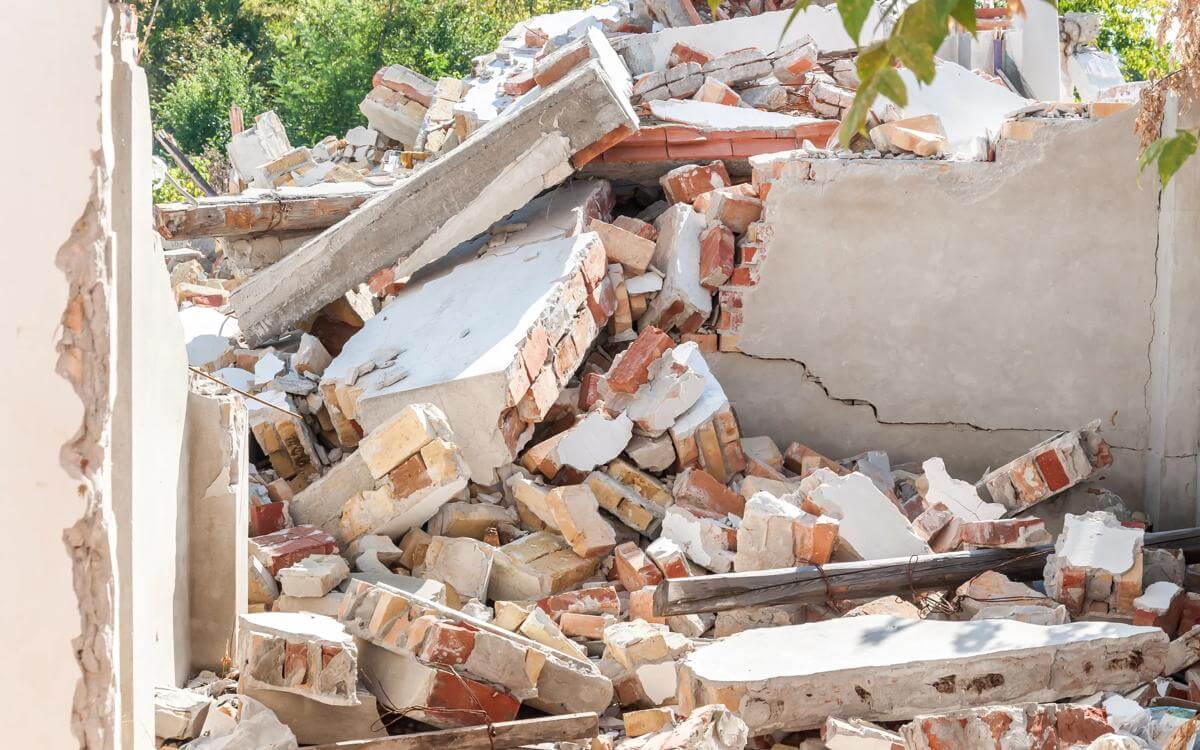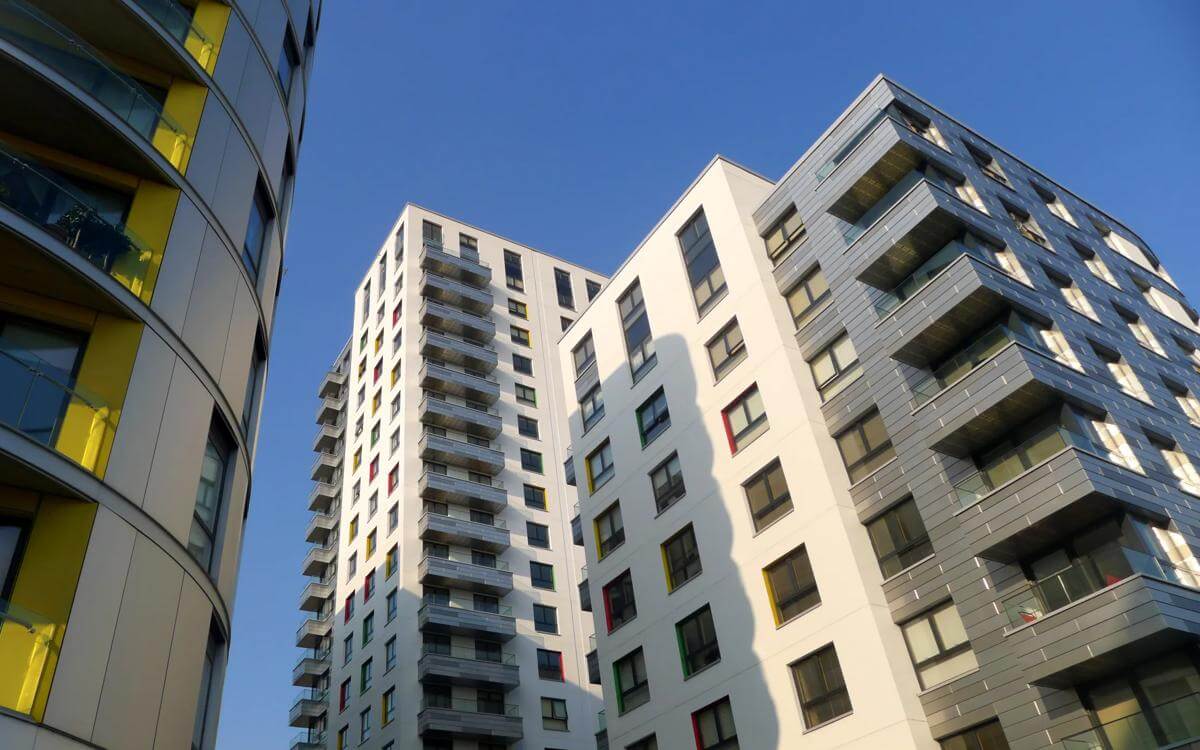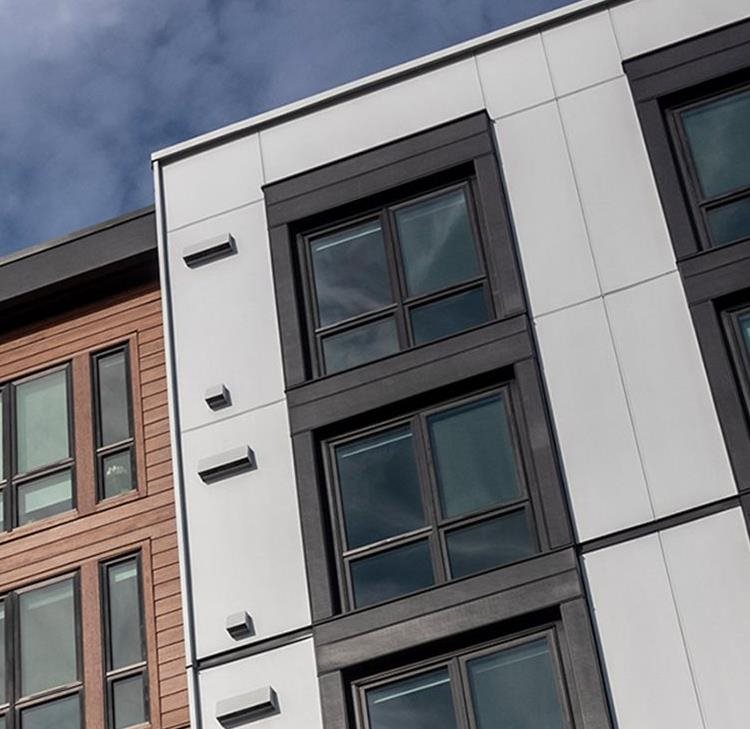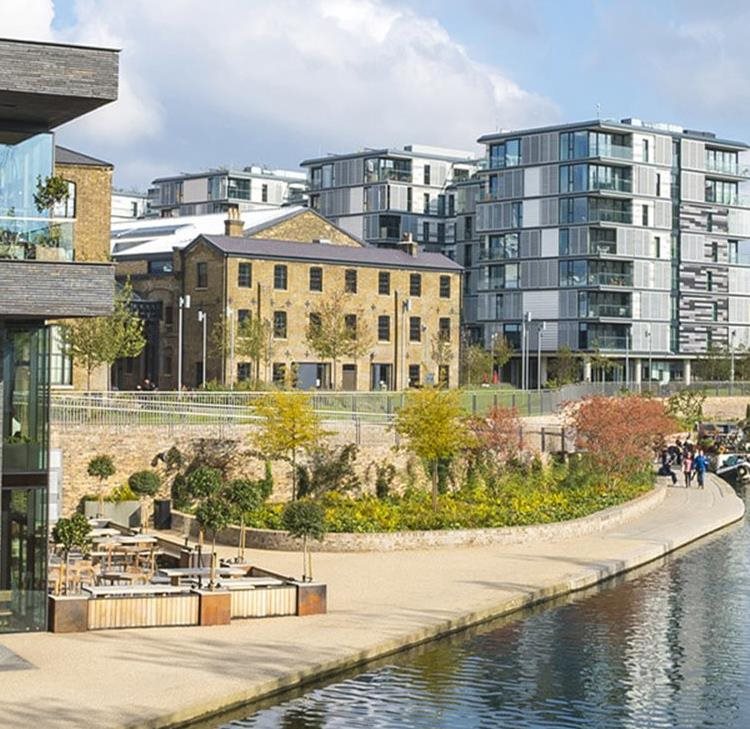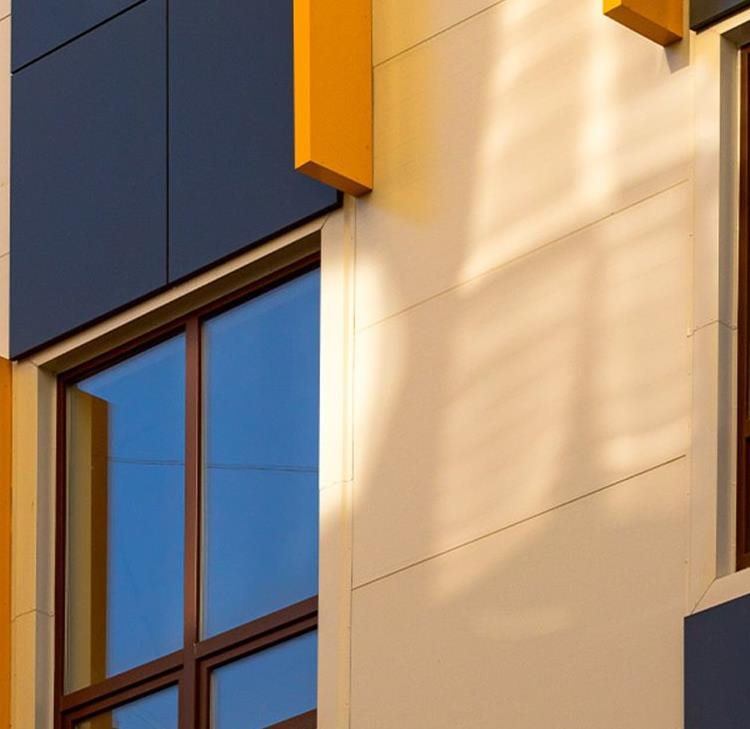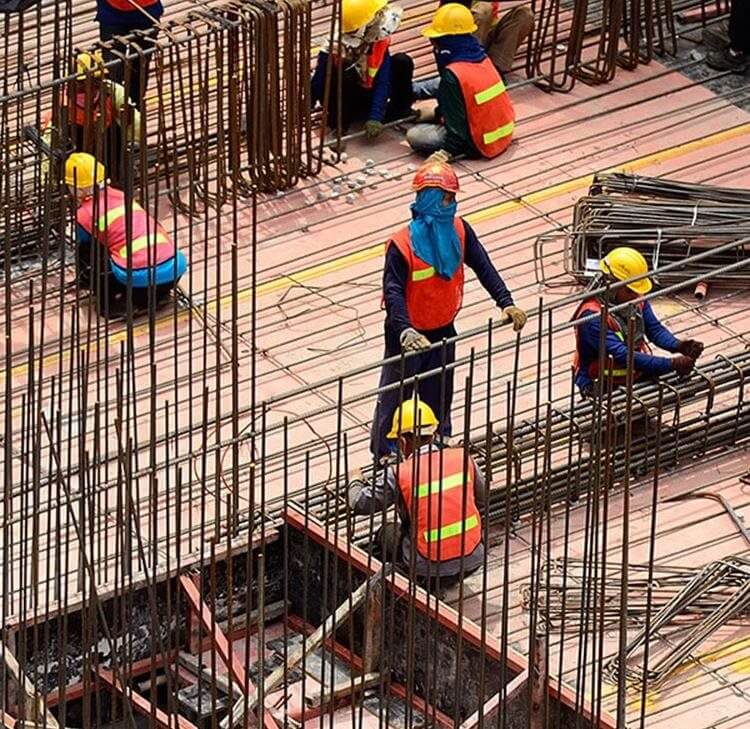An issue that is currently in the spotlight is the use of Reinforced Autoclaved Aerated Concrete (RAAC) in schools constructed between the 1950s and 1990s. Last week, just before the start of the new school term, the government closed affected schools pending further investigation and mitigation works. However, this issue has been actively monitored by the government since at least 2018, when a roof containing RAAC spontaneously collapsed in a school in Kent, which prompted the Standing Committee on Structural Safety (SCOSS) to issue an alert.
The recent school closures have been triggered by three further incidents involving RAAC, which had previously been considered low risk, at another school over the summer holidays. Therefore, all schools identified with RAAC (currently 150 and counting) have now been deemed potentially dangerous, leading to complete or partial closure. A further 5% of schools / responsible bodies are yet to complete their building surveys.
The issue is not restricted to schools, with reports of hospitals, courts, MOD buildings, concert halls and sports stadia in the public and commercial sectors, potentially containing RAAC. There is also the risk of the presence of RAAC in the residential sector – where ex-council houses, high-rise flats and converted former office buildings may also potentially be affected.
This might quickly become the next big issue in the construction industry, following the problems with asbestos and then cladding, in what is an aging – and quite literally crumbling – stock of buildings throughout the UK.
What is RAAC and why is its use problematic?
RAAC is a cementitious building material that is largely comprised of air (think of the texture of frothy milk, or bubbly chocolate!), with structural rebar support beams, usually made from steel. It is lightweight and therefore much quicker, easier and cheaper to construct and install. The latest Government guidance states: “RAAC panels may be present in floors, walls and roofs (pitched and flat) of buildings constructed or modified between the 1950s and 1990.”
The fundamental downside is that it has issues with durability – water ingress significantly weakens the structure - and in any event, a limited lifespan of approximately 30 years. The Health and Safety Executive (HSE) has reported: “RAAC is now life-expired. It is liable to collapse with little or no notice.”
RAAC has a variety of uses, but the problems that are currently arising are largely from its use as a flat roof material. Added to this, on a flat roof, RAAC was often coated in bitumen which creates a waterproof seal. The lifespan of bitumen is typically a mere 15 years meaning such roofs will quickly fail to be watertight if not maintained. That in turn can lead to corrosion of the structural rebars and pooling of rainwater, leading to ingress and sagging, adding increased load until the roof spontaneously collapses.
Insurance response and potential coverage issues
This leads to interesting policy coverage questions over how property damage claims arising from the failure of RAAC might be treated. There will be questions over whether such claims would be covered, where the issue is one of either inherent design defect or gradually operating causes or damage caused by poor maintenance. Damage caused by water ingress, on the other hand, is often covered.
Investigations into the building materials used, the history of any maintenance schedules and what precisely was the cause of the collapse is likely to be key. Depending upon the wording, all damage arising out of the incident may be excluded. Alternatively, the costs of the roof repair may be excluded, but any damage caused to other parts of the building may be covered. The precise wording will be key.
It may well be that the availability of cover will be determined by the extent to which exclusions are limited to proximate causes or are sufficiently broad to capture indirect causes.
Read our proximate causes update
Longer term implications
We will be watching with interest to see how the government grapples with this latest issue, and whether it will trigger an expansion of the existing legal framework given the historical nature of this problem.
Whether this is left to the courts to deal with (as was the case with the BI losses arising from the pandemic in FCA v Arch and other satellite litigation) or whether there is an extension to the Building Safety Act 2022 (currently applying only to dwellings) to capture issues arising out of the RAAC crisis are two options that may be considered. We fully expect the Government to consult with insurers once the initial impact has been assessed.
This issue might become a double whammy for insurers, with the risk that subsequent professional negligence claims against a whole host of property professionals may follow – including building surveyors, estate managers and construction specialists – the list goes on.
Limitation is likely to form an important defence, and the 15 year long stop under Section 14B of the Limitation Act 1980 is likely to be an important shield to such claims – that is unless a cause of action under the Building Safety Act 2022 can be formulated, in which case limitation may be extended to up to 30 years.
We will report further as the situation develops.
Contact

Rachael Murphy
Principal Associate
rachael.murphy@brownejacobson.com
+44 (0)115 976 6219








